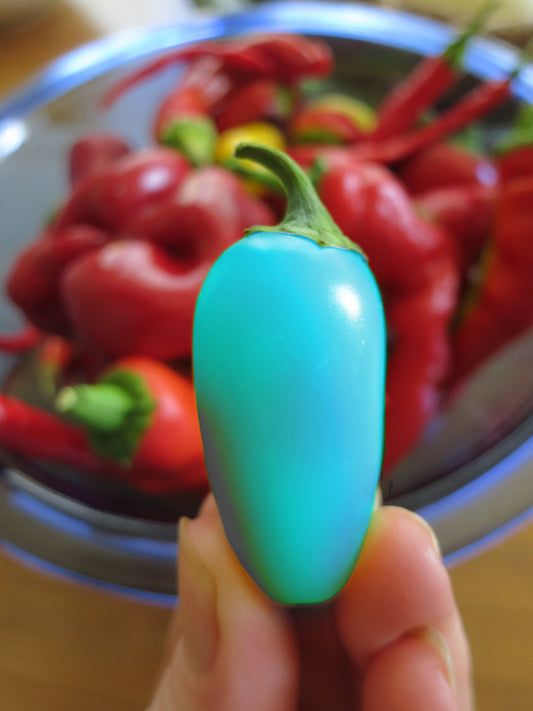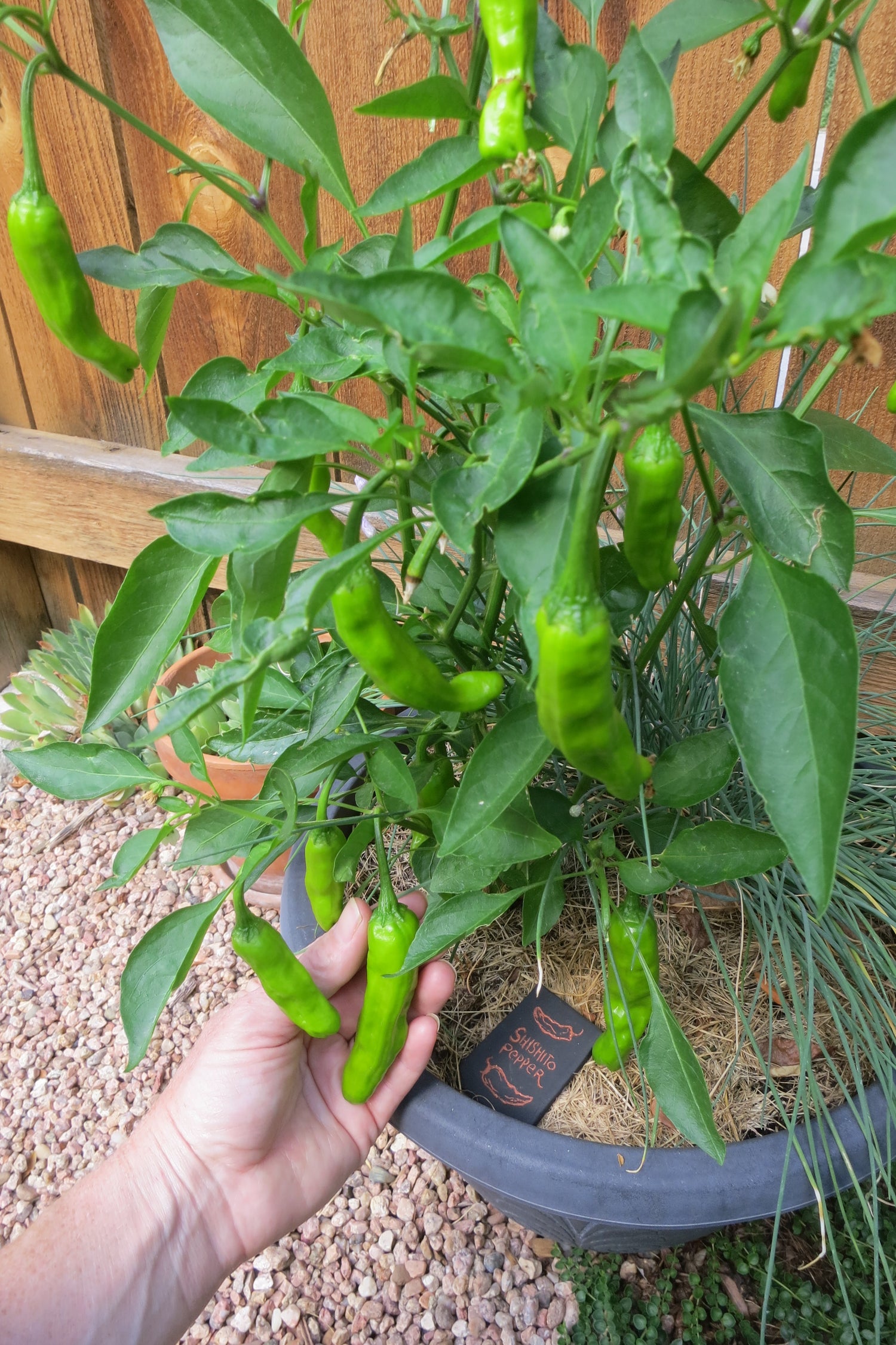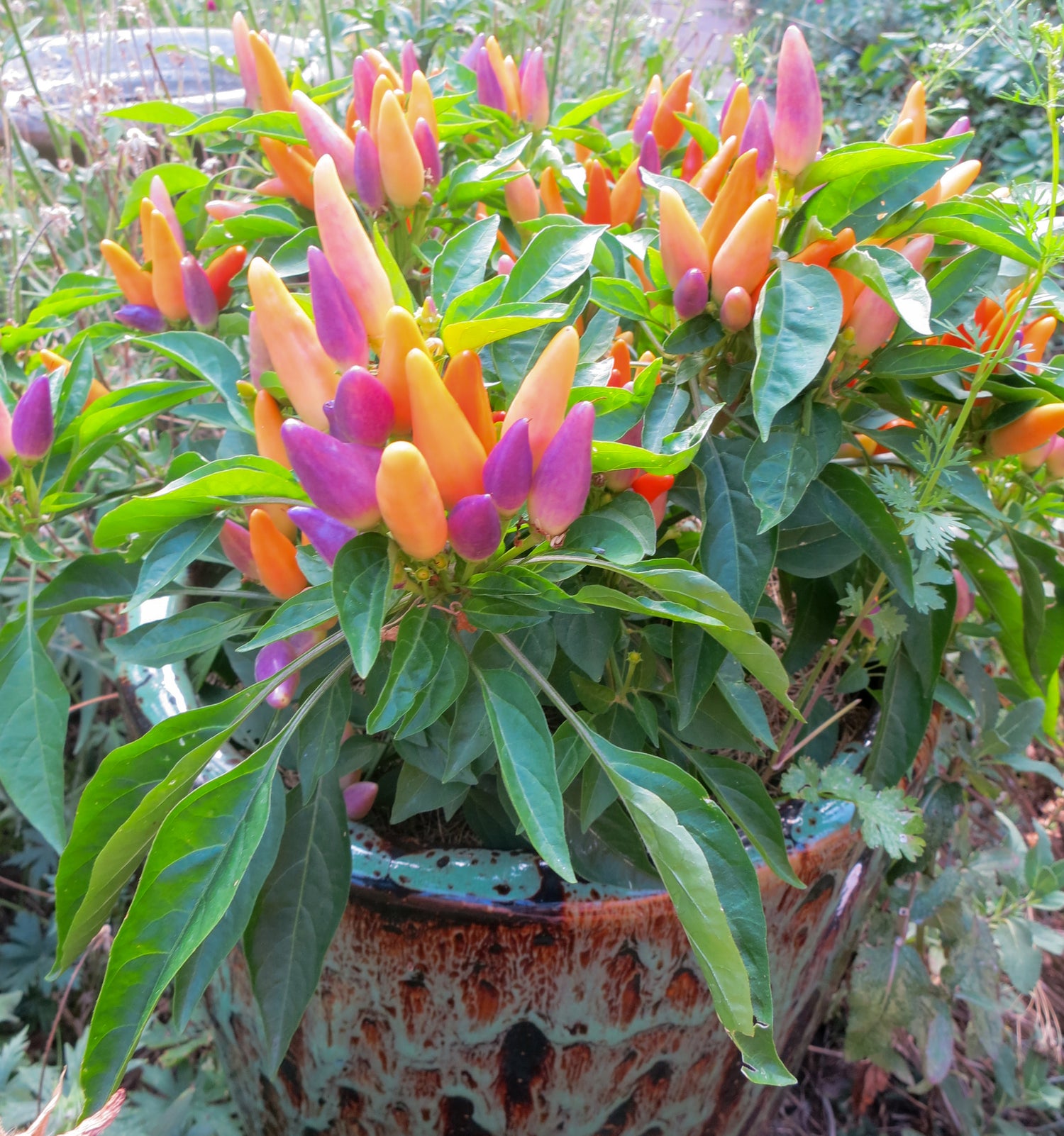Why does my squash wilt?
If your zucchini, pumpkin or squash plants are wilting, it could be a few things:


1. Wilting squash during the Heat of the Day:
The most common reason that pumpkin, cucumbers, zucchini and squash leaves wilt is that the cucurbita family has a low root-to-shoot ratio, meaning that they have a shallow root system that supports a very large mass of above ground vegetation. Because of this, during the dry heat of the sunniest part of the day, squash leaves may wilt – but don't worry, they will regain their perkiness (turgidity) in the evening and/or as the weather cools, which slows evapotranspiration.
2. Underwatering:
Because of their shallow root system, it is important to water your cucurbita plants consistently – cucumbers, squash, pumpkins and zucchini do not like to the soil to completely dry out for long periods of time because they have a shallow root system. Under watered zucchini, squash, pumpkins, and cucumbers will turn yellow with brittle leaves. Mulch them if you can with grass clippings or seedless hay or straw to reduce moisture loss during the full sun heat of the day.
While you want to keep them well watered, do not overwater cucurbita plants. Plant them in mounds of well-draining soil so that they don't get waterlogged.
What do overwatered squash look like?
Overwatered squash plants will turn yellow and can also droop!
Other reasons for wilting squash leaves:
2. Squash Vine Borers:
If your zucchini, pumpkin or squash plants are suddenly are wilting and do not recover their turgidity in the evening or after several hours with watering, you could have a true problem – the infamous squash vine borer. These devastating insects do their damage at the plant's base. If you see a pile of saw-dust-like material at the base, this is likely frass, which means you may have squash vine borers. The adults are black and orange colored flying moths that lay their eggs near the base of the stems, which hatch into borers. These borers tunnel at the base of squash and often kill the entire plant. Some gardeners say that they slit the infested vines lengthwise to remove borers with tweezers, then cover the slit stem with soil to encourage it to root and renew the plant... so you can try it for sure! Can't hurt!
3. Bacterial Wilt
A common cucurbit problem, the leaves first appear dull green, wilt during the day, and recover at night · Eventually wilted leaves die... this is often combined with having cucumber beetles which seem to spread the disease. Choose varieties that are resistant to bacterial wilt if you can, and/or plant 2-3+ different varieties just in case some are more resilient than others. If the plant is dying, you can remove and throw away the plant and plant another crop like peas or beans in it's place as a cover or second crop. Plant companion plants to help repel beetles!
Squash Companion Plants:
Cut down on squash pests by planting squash companions:
Nasturtiums can be companion planted with squash, zucchini and pumpkins as they are natural pest repellents that can protect vegetables from cucumber beetles, aphids, and squash bugs.
Garlic Chives are also a great companion plant for squash because they repel pests and are said to improve the flavor and health of the squash.
Sunflowers, marigolds, radishes are also great companion plants for cucurbits, just make sure to give them plenty of room to grow!
Why are my squash shriveling up?
A shriveling up squash or pumpkin usually means that it hasn't been fully pollinated. Make sure to grow organically, never use pesticides, and plant lots of flowers (native flowers, borage, calendula, bee balm, sunflowers, etc) to attract bees and other pollinators so that they will transport pollen from the male flowers to the female flowers. If the female flowers aren't pollinated properly, they start to grow but them shrivel up and die.




















